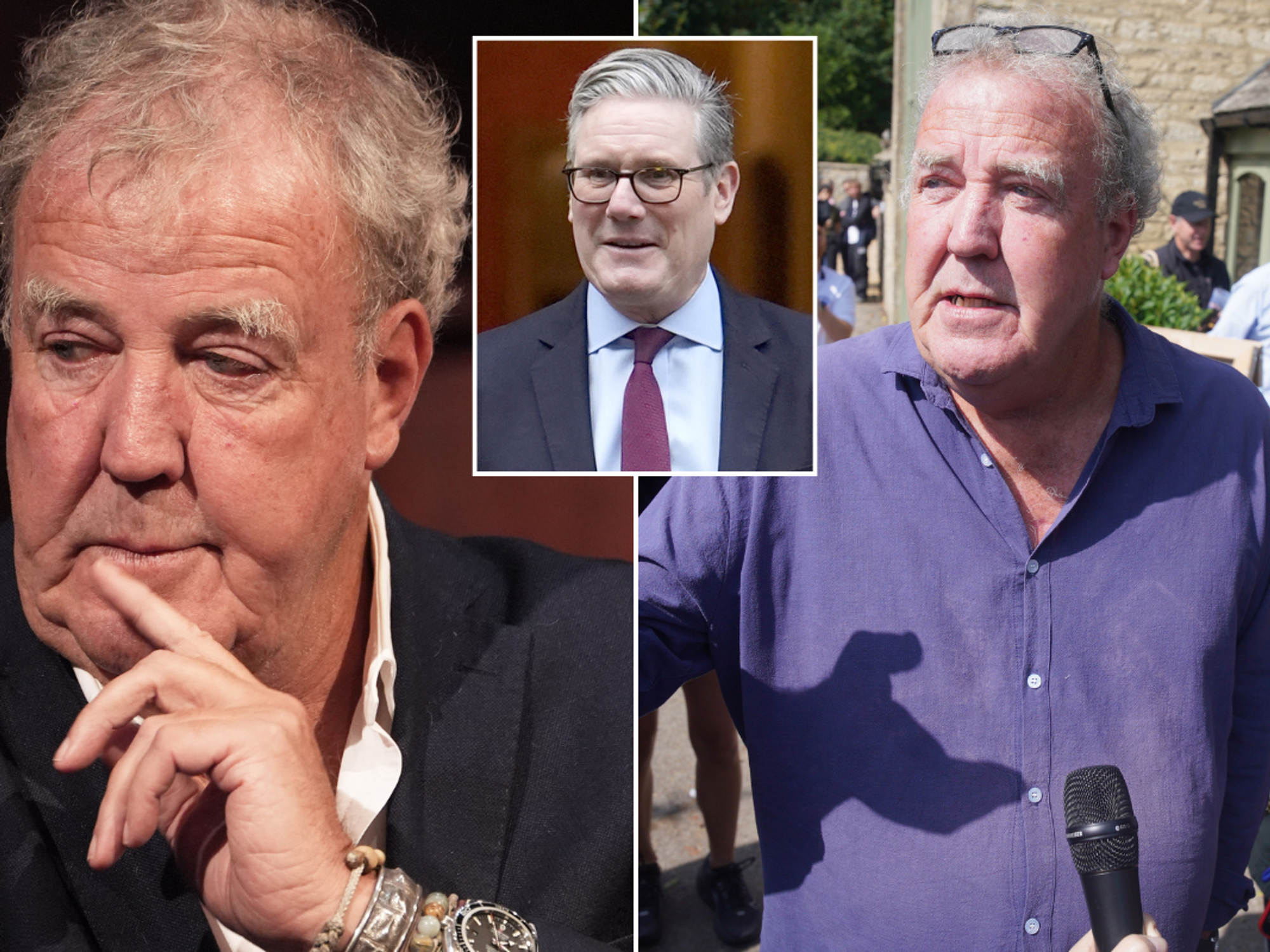Mary Rose museum curators under fire for claiming ship’s objects have LGBT meanings
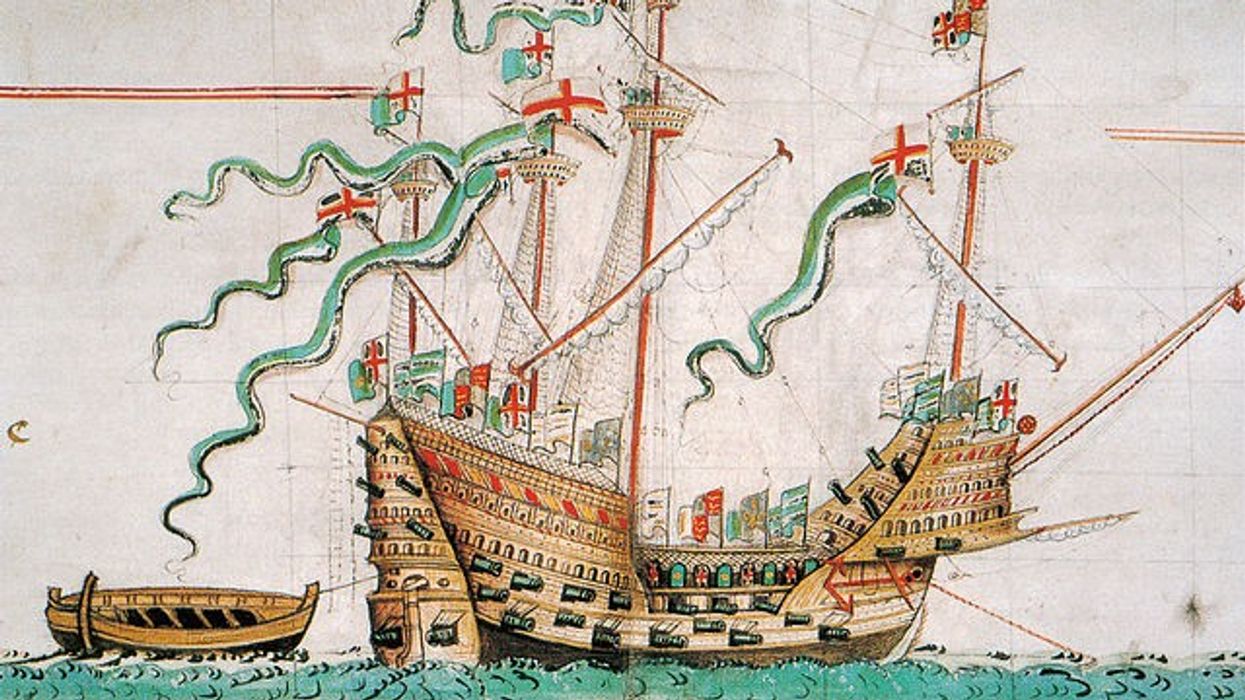
The Mary Rose set sail in 1511 and was a prominent feature in wars with France and Scotland before it sank at the Battle of Solent in 1545.
|WIKIMEDIACOMMONS
Items recovered from Henry VIII’s flagship such as a mirror and nit combs given queer interpretation
Don't Miss
Most Read
Curators of the Mary Rose Museum have faced criticism for assigning queer meanings to everyday objects found aboard the 16th Century warship.
In a blog post on the museum’s website titled Queering the Mary Rose’s Collection, a selection of items are afforded a speculative LGBT reimagining that has since been labelled bizarre at best and politicised pinkwashing at worst.
Operated by a trust that boasts King Charles as its president, the Portsmouth-based museum houses the largest collection of Tudor objects in the world.
In its latest move to “use queerness as an interpretative tool,” a 21st Century LGBT lens is applied to a mirror, hair combs, and a gold ring.
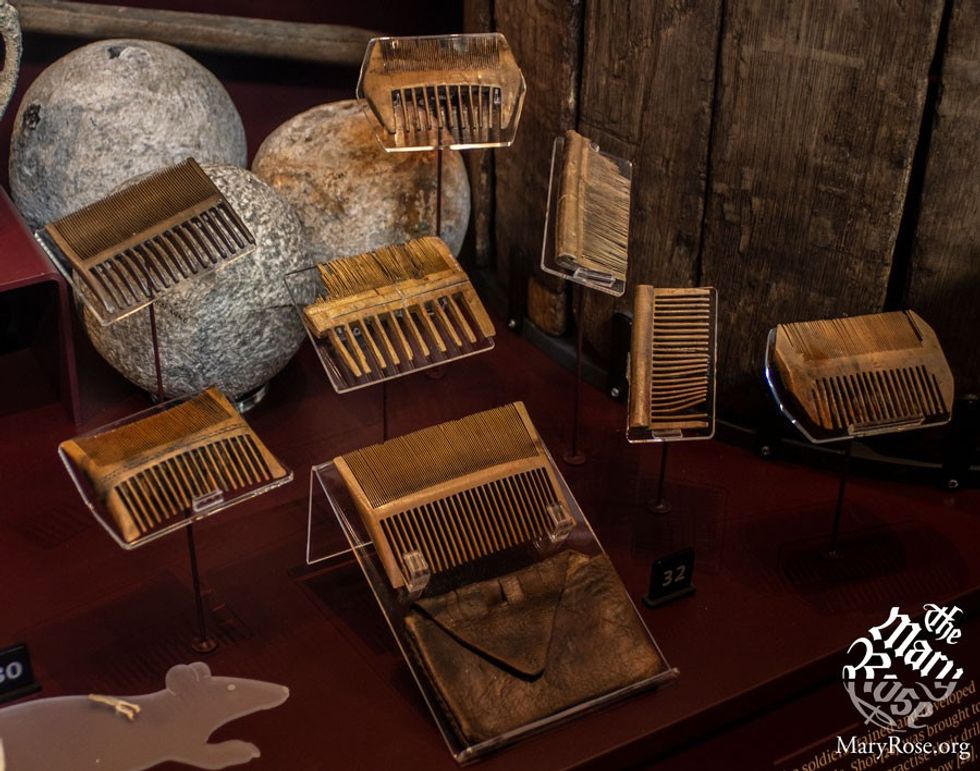
A selection of nit combs found on the Mary Rose
|MARY ROSE MUSEUM
An octagonal mirror found aboard the galleon is said to relate to queer individuals for they may experience gender dysphoria or euphoria when peering into it.
The post reads: “For queer people, we may experience a strong feeling of gender dysphoria when we look into a mirror, a feeling of distress caused by our reflection conflicting with our own gender identities.
“On the other hand, we may experience gender euphoria when looking in a mirror, when how we feel on the inside matches our reflection.”
A collection of 82 nit combs recovered from the sea bed are deemed significant for hairstyling is associated with gender.
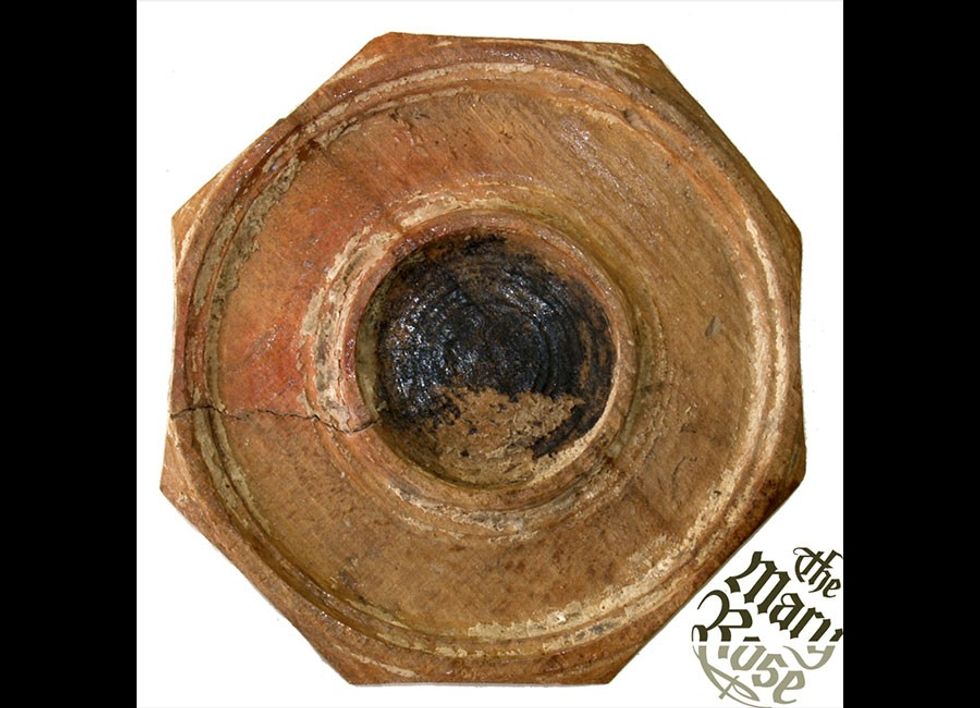
The octagonal mirror
|MARY ROSE MUSEUM
It said: “For many Queer people today, how we wear our hair is a central pillar of our identity.”
However, the blog concedes that combs would have been largely used for the practical purpose of removing nits rather than for aesthetics reasons.
A recovered gold wedding ring was linked to same-sex marriage due to same-sex couples being unable to marry in Henry VIII’s Church of England.
In response, Professor David Abulafia, of Cambridge University, said: “With all due respect to its authors, the highly speculative comments about Queering the Mary Rose have as much connection to the shipwreck as a tin of Heinz baked beans.”
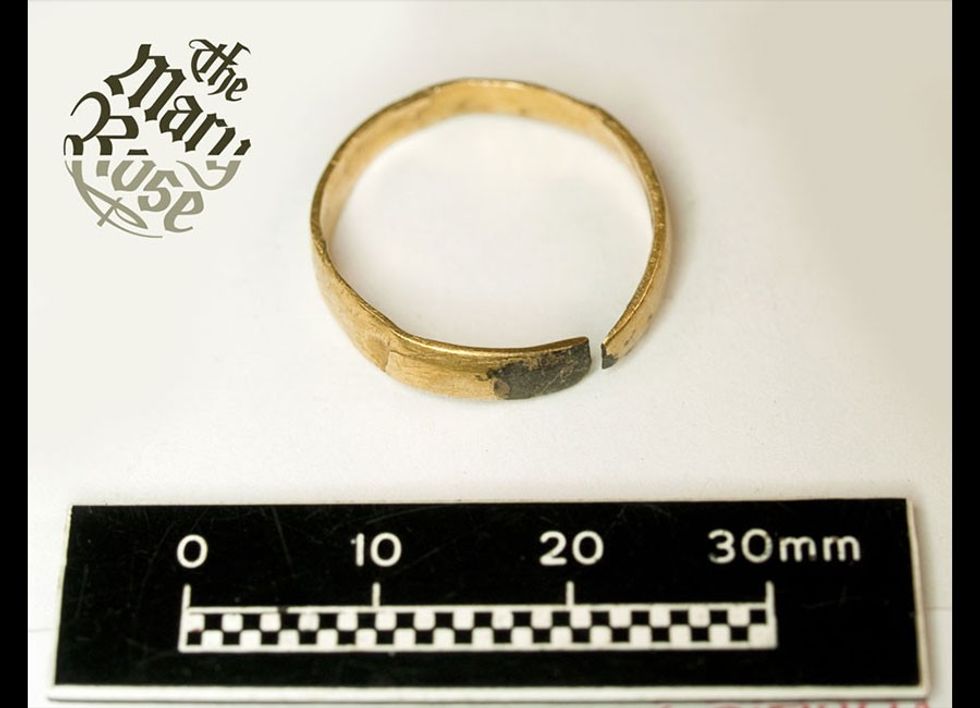
A gold ring found on the Mary Rose
|MARY ROSE MUSEUM
The blog post attracted ridicule on X, formerly known as Twitter.
One such dissenting voice was novelist, Philip Hesher, who wrote: “I am as keen as anyone on gay sex but I have to say to these curators - you’re f*****g mental.”
Historian and author James Heartfield added: “I'm afraid people will just laugh at these captions.
“I don't think it makes them very serious historians and I don't think it makes them very good gay rights activists either.”
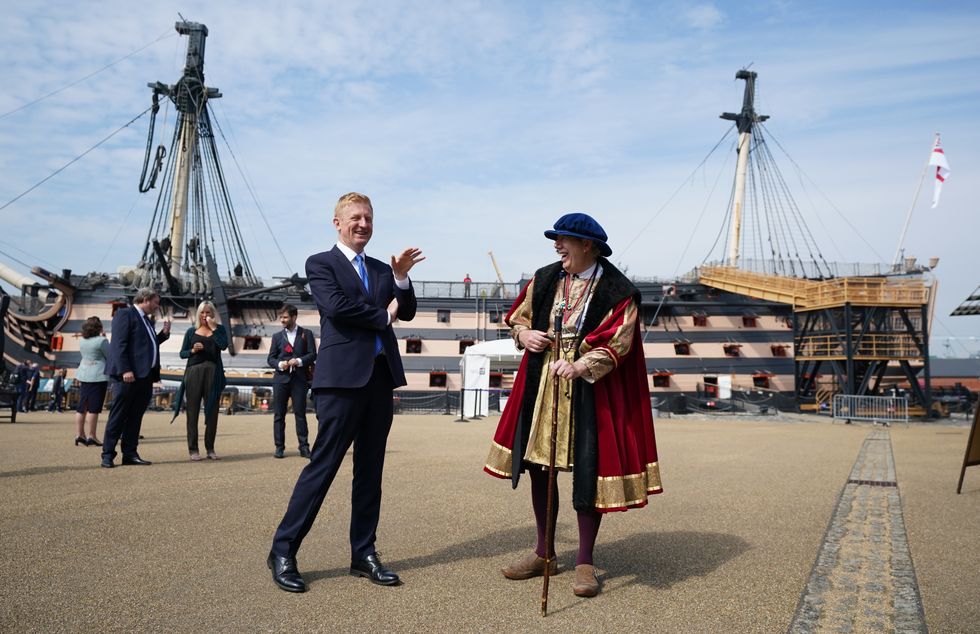
Culture Secretary Oliver Dowden (left) chats with an historical interpreter during a visit to the Mary Rose exhibition at Portsmouth Historic Dockyard to announce how the final �300 million of the Culture Recovery Fund will be spent, taken on June 24, 2021.
|PA
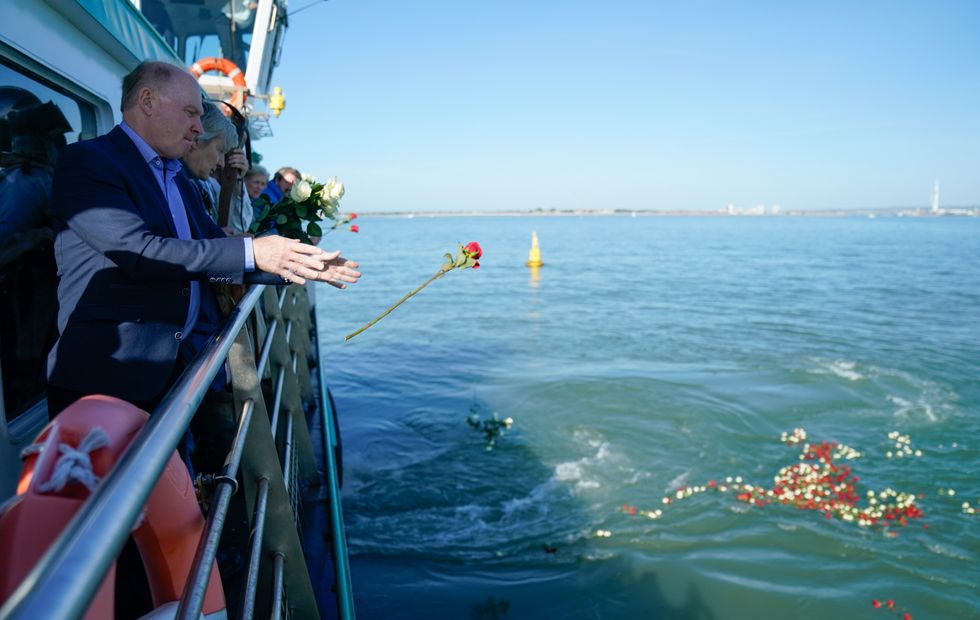
Nigel Purse, Chairman of the Mary Rose Trust, joins others to cast 500 roses into the sea at the site of where the wreck of the Mary Rose was found, to mark the 40th anniversary of the raising of the ship in Portsmouth on October 11, 2022.
|PA
A spokesperson for the Mary Rose Museum doubled down, saying: “As one of the UK's most historically significant attractions, we actively encourage people from around the globe to visit, experience and interpret the Mary Rose for themselves”
The Mary Rose set sail in 1511 and was a prominent feature in wars with France and Scotland before it sank at the Battle of Solent in 1545.
After an 11-year salvage operation, the ship was raised from the seabed on October 11 1982 and more than 19,000 objects have been recovered from the watery grave.
It comes amid a growing trend of museums and other institutions adapting history to the modern world.
During Pride month this year, the British Library held an event celebrating queer animals.










